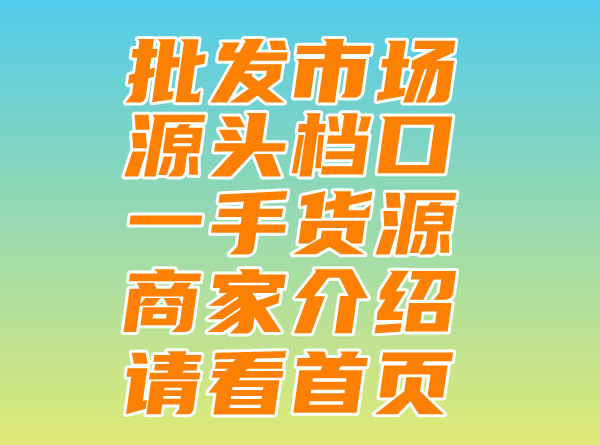Luxury 1:1 Allocations - Are They Authentic?
Luxury 1:1 Allocations - Are They Authentic?,
Is Luxury Goods' One-to-One Allocation System Authentic?
In the realm of luxury goods, the concept of one-to-one allocation frequently crops up as a common aspect of acquiring exclusive merchandise. The practice, however, often leads to uncertainty and sometimes even confusion as to whether these allocations truly represent genuine luxury items.
Firstly, one-to-one allocation in the context of luxury goods generally refers to a system where customers have to purchase specific non-limited products alongside the "allocated" merchandise, usually due to high demand or limited availability of certain models or items. For instance, some luxury bags require customers to purchase a certain amount of other products from the same brand before they are allowed to purchase the allocated bag.
The Authenticity Question
The authenticity of one-to-one allocated luxury goods is often questioned due to several factors. The majority of luxury brands sell genuine merchandise with official pricing lists and proper authorization procedures in place. However, in situations where such allocation practices exist, the danger of encountering counterfeit goods increases.
One of the most significant factors to consider is the source of purchase. If the allocated goods are sourced from an authorized retailer or official website of the brand itself, chances of getting genuine products are much higher. Conversely, if purchases are made through unauthorized third-party channels or sellers with unclear origins, there is a greater risk of encountering fakes.
Moreover, consumers should be vigilant about product details and packaging. Real luxury goods often come with authenticity certificates or labels that verify their authenticity. Close examination of such details can help determine whether the allocated goods are genuine.
However, even with these measures in place, there is still a chance that some fake products may slip through the cracks. In such cases, seeking advice from brand experts or enthusiasts in the same field can be helpful as they may have more insight into identifying genuine products.
Conclusion
In conclusion, one-to-one allocation in luxury goods does not necessarily mean that the allocated items are fake or inferior quality. However, it is essential for consumers to exercise caution and conduct thorough research before purchasing such allocated items.
Moreover, genuine luxury brands would never compromise on quality or authenticity and would always provide proper authorization procedures and channels for their merchandise. Understanding the brand's practices and maintaining transparency throughout the purchase process can help reduce the risk of encountering fakes.

- Luxury Fake Jackets: The Ultimate Guide to Styling & Shopping
- Luxury Accessory Knockoffs: The仿真奢华配饰的探究
- "Starry Luxury Imitations: The Ultimate Guide to Sky-Inspired Splashes"
- Luxury Brand Knockoffs: The Rise of High-End Imitations
- Self-inspired Luxury Accessory Replication: A Guide to Emulate the Elite Style.
- Luxury Bag Replicas: The Ultimate Guide to High-Quality Imitations
- Luxury-Style Knitwear Simulations: The Ultimate Guide to Faux-Luxury Scarves
- Luxury衬衫高端仿制品:风格与品质的完美结合 或者: Premium Fake Luxury Shirts: The Ultimate Fashion Statement


